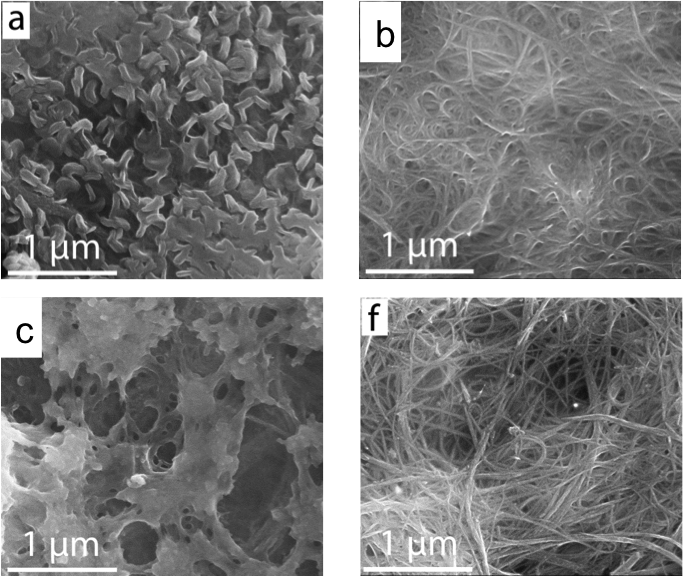
Scientific Achievement
Identified key factors that affect the long term cycle life of Li-O2 batteries under full discharge/charge conditions.
Significance and Impact
The interfacial layer which in situ forms on air electrode may increase the long term yield of Li2O2 during the cycling and enable highly reversible Li-O2 batteries required for practical applications.
Research Details
- The formation of stable interfacial layer on the electrode surface during the initial cycling stabilizes reaction products at subsequent cycling stages as demonstrated by quantitative analyses of the discharge products and the gases released during charging.
- Extended cycling of Li-O2 batteries under full discharge/charge conditions is achievable upon selection of appropriate electrode materials (carbon source and catalyst) and cycling protocol.
Work performed at Pacific Northwest National Laboratory (JCESR partner), Environmental Molecular Sciences Laboratory, by Eduard N. Nasybulin, Wu Xu, B. Layla Mehdi, Edwin Thomsen, Mark H. Engelhard, Robert C. Massé, Priyanka Bhattacharya, Meng Gu, Wendy Bennett, Zimin Nie, Chongmin Wang, Nigel D. Browning and Ji-Guang Zhang, ACS Applied Materials & Interfaces, 2014, 6, 14141-14151.

